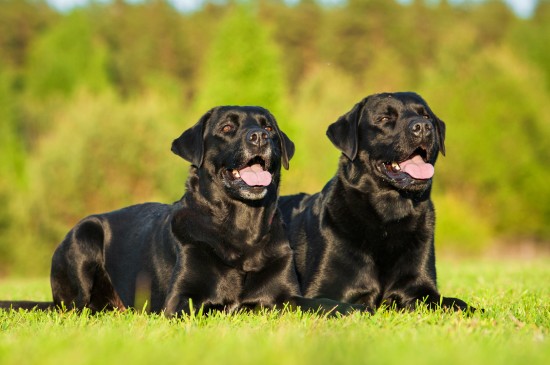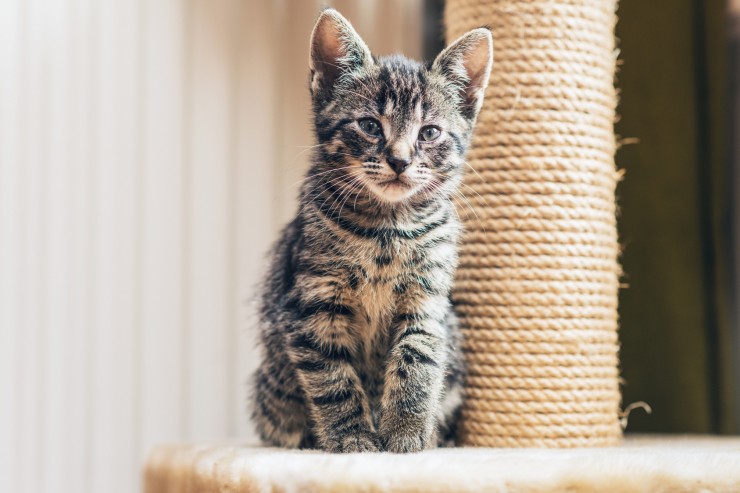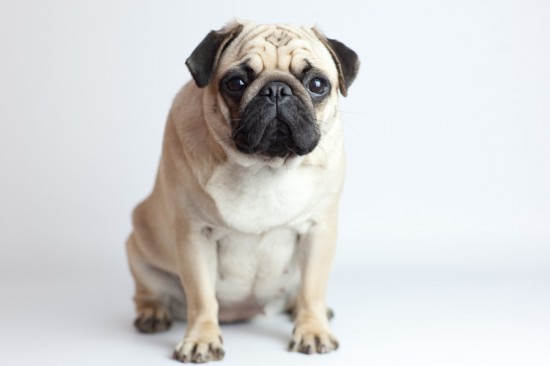Angel fish have always been a popular choice with many aquarium keepers, if kept in the correct conditions they will swim around the aquarium in a graceful manner and I like to think that they get their common name from their long flowing fins that loosely resemble angel wings. The term angel fish can sometimes be misleading, as with all fish species there are rogue specimens that can terrorise the rest of the tank mates and all in all they do have a bit of a reputation for being aggressive to others but a lot of this is due to the fact that they are often kept in aquariums that are too small and they feel confined, due to the shape of their bodies angel fish do require deeper tanks than most of the other fish species, the recommended minimum depth is at least 18 inches.
Angel fish belong to the cichlid family, they inhabit the soft, acidic waters of the Amazonian Basins in South America and are naturally found in groups rather than being loners. All Angelfish belong to the genus 揚terophyllum? the simplest translation of the Greek word is 搘inged leaf? this phrase refers to the tail shape of the Angelfish, many keepers believe that it refers to their actual body shape but the tail shape and movement in the water resembles a leaf drifting along.
In the wild there are three species P. scalare, P. altum and P. leopoldi, they all look very similar but all have subtle differences in their markings and body features. The most common of the species that have been introduced into the aquarium and have been selectively bred to produce all of the modern varieties are the P. scalare, P. altum tend to be larger than the P. scalare with a longer fin span, P. leopoldi are quite hard to get hold off and not seen very often in aquariums.
Angel fish prefer aquariums with some plants added to them, they tend to inhabit the middle to higher levels of the aquarium and use long, tall plants for cover if required, the addition of plants will also help the Angelfish to settle into the aquarium quicker and keep them happy in the long term. In the wild, they inhabit waterways with lower currents so this should be replicated in the aquarium by lowering the outlet pressure on your filters and keep the water quality high by performing regular water changes.
Angel fish also seem to prefer the higher water temperatures, keeping the temperature between 26-29 deg C is ideal. The choice of tank mates can be critical, often they are kept with smaller species of fish such as neon tetras, this will never work as the Angelfish are omnivorous and will see smaller fish as a food source, they can be kept with medium sized tetras or Rasboras without any problems, Corydoras work well for bottom dwellers but research which species of Corydoras you can add as the aquarium is running at higher temperatures and some species will not settle in this.
There is a debate currently running as to whether Angelfish make good tank mates for Discus fish, some keepers have no problems with this whereas other claim that the Angelfish can introduce diseases into the aquarium that the Discus fish cannot fight off.
Feeding your Angelfish is very simple, they are very greedy and will attempt to eat anything you add to the tank. Using a quality flake food or small cichlid pellets works well for the staple diet but fish can get bored with food and their diet needs to be varied with meals of live or frozen foods such as brine shrimp or blood worms.
If kept correctly your Angel fish will live long and happy lives, often up to 10 years with some specimens!

 Can Two Un-neutered Male Dogs Live Happily Together Without Fighting?
Can Two Un-neuter
Can Two Un-neutered Male Dogs Live Happily Together Without Fighting?
Can Two Un-neuter
 The Problem Of Undershot Jaws In The Pekingese
The Problem Of Un
The Problem Of Undershot Jaws In The Pekingese
The Problem Of Un
 Some Safe, Cat-friendly Solutions To Clawing And Scratching
Some Safe, Cat-fr
Some Safe, Cat-friendly Solutions To Clawing And Scratching
Some Safe, Cat-fr
 Inbreeding In Dogs - Problems, Benefits And Reasons
Inbreeding In Dog
Inbreeding In Dogs - Problems, Benefits And Reasons
Inbreeding In Dog
 What To Look For When Choosing A Vet For Your Cat
What To Look For
What To Look For When Choosing A Vet For Your Cat
What To Look For